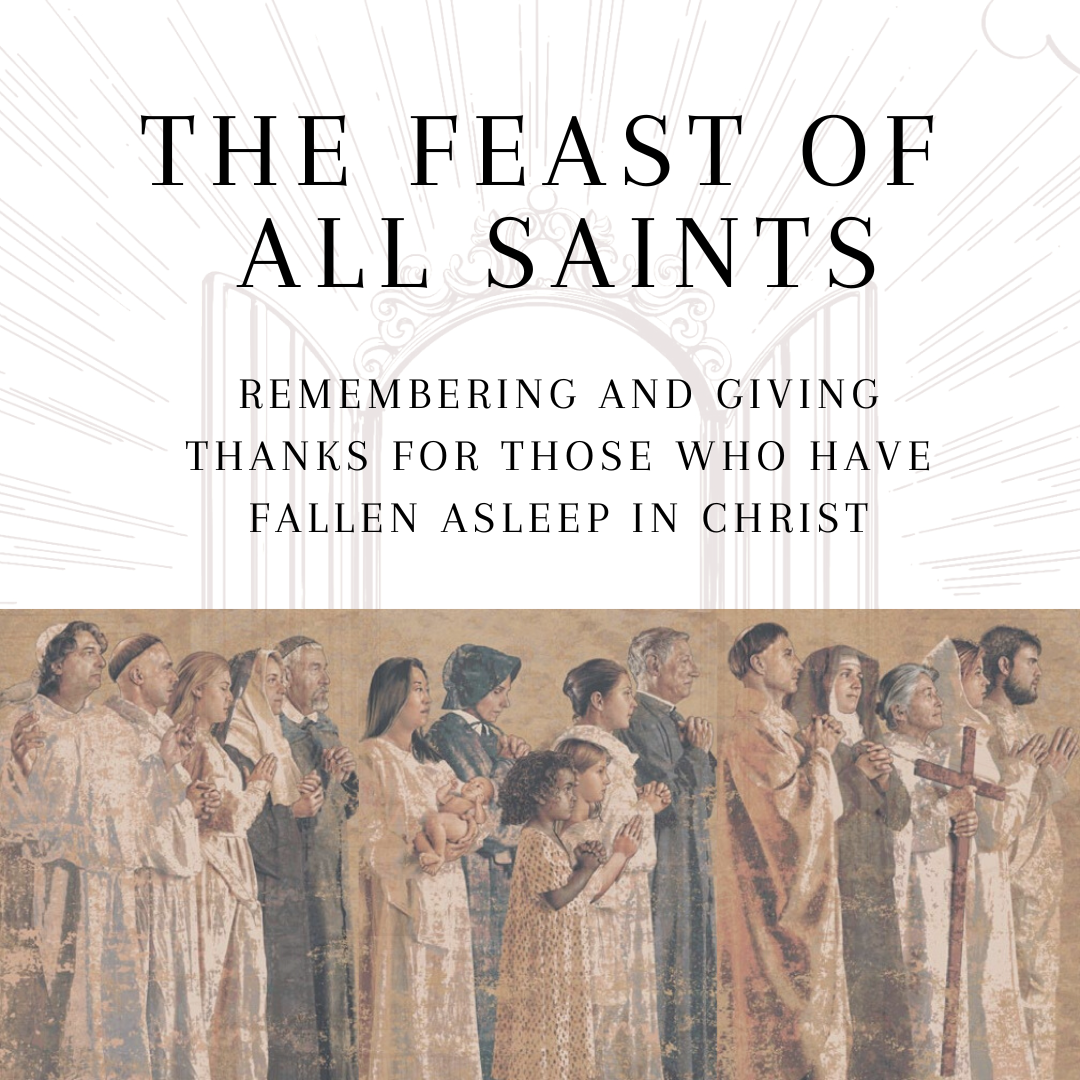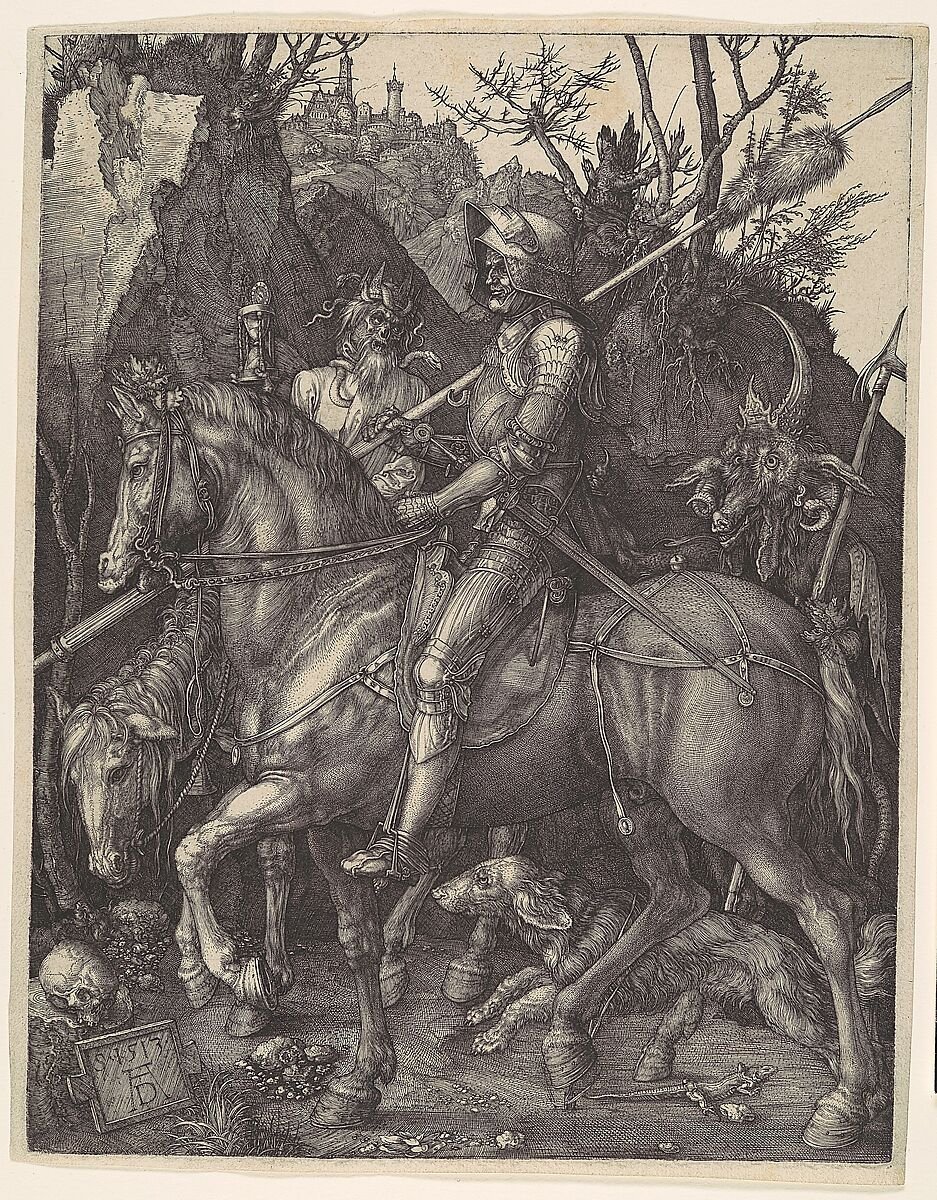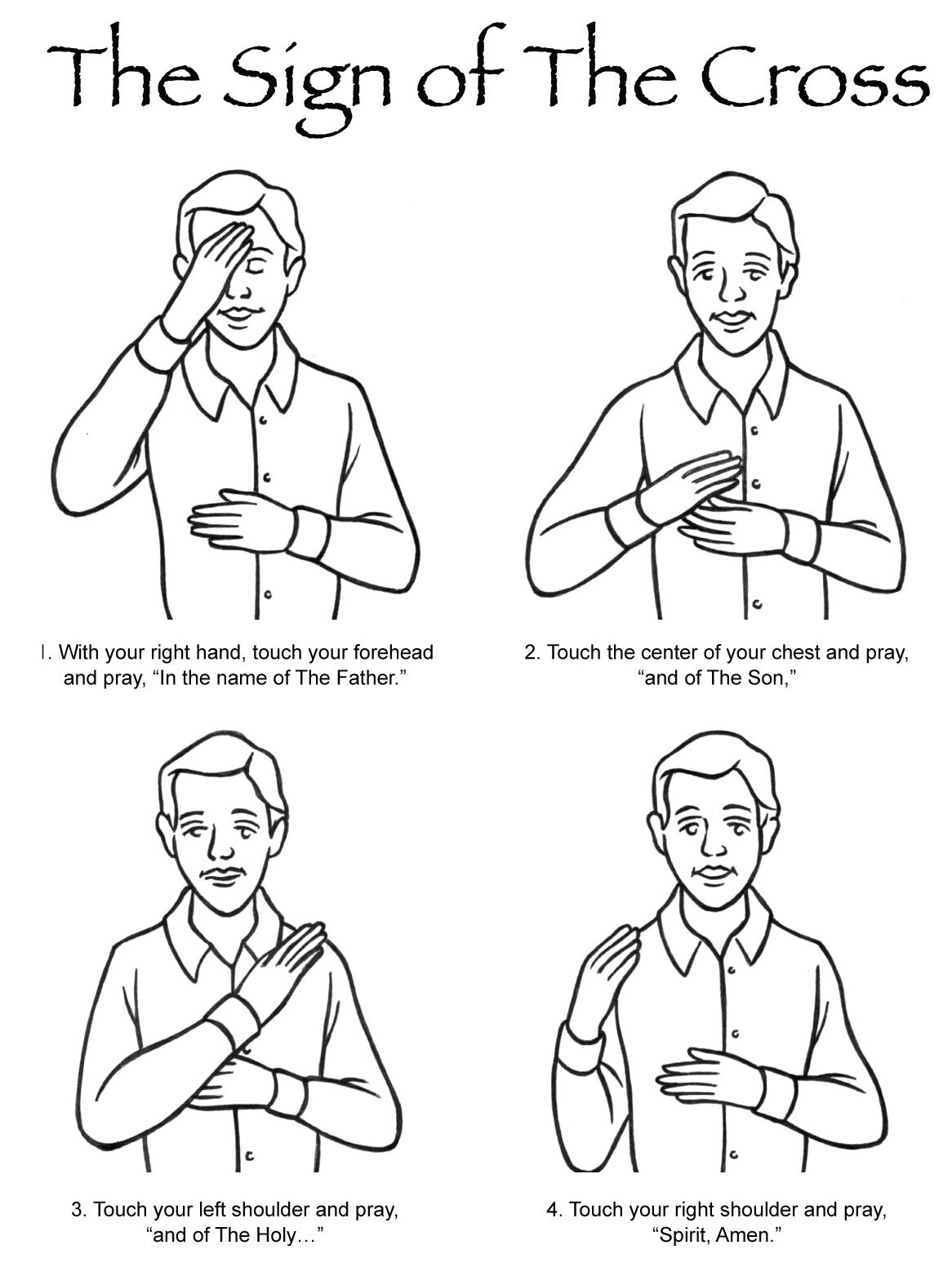Rembrandt’s masterpiece, The Return of the Prodigal Son, captures one of the most profound parables of Jesus (Luke 15:11-32). The painting’s use of light, shadow, and expressive figures draws the viewer into the depth of God’s mercy and the nature of repentance, forgiveness, and grace.
1. The Father’s Embrace: A Picture of Divine Mercy
The central focus of the painting is the father, who bends over his kneeling son with hands placed gently on his shoulders. One hand appears strong and masculine, the other softer and feminine—a visual reminder that God’s love is both just and tender. The father’s face is filled with compassion, embodying the very heart of God, who is "gracious and merciful, slow to anger and abounding in steadfast love" (Psalm 103:8).
The father’s embrace in the painting reflects how God welcomes sinners, not with condemnation, but with open arms. This moment visually preaches the truth of Romans 5:8: “But God shows his love for us in that while we were still sinners, Christ died for us.”
2. The Prodigal Son: The Posture of Repentance
The son kneels in rags, his head shaved, symbolizing humility and surrender. His tattered clothing contrasts with the father’s rich robes, emphasizing the contrast between sin’s consequences and the covering of grace. His return is not triumphant but broken, mirroring Psalm 51:17: "The sacrifices of God are a broken spirit; a broken and contrite heart, O God, you will not despise."
Rembrandt captures the reality that repentance is not about earning forgiveness but about returning home to the Father’s love. The son does not plead his case; he simply leans into the embrace, illustrating Ephesians 2:8-9: “For by grace you have been saved through faith, and this is not your own doing; it is the gift of God, not a result of works, so that no one may boast.”
3. The Elder Brother: The Danger of Self-Righteousness
Standing in the shadows, the elder brother watches with a posture of disapproval. Unlike the father’s warmth, he appears stiff and cold. His fine clothing suggests he has everything yet lacks the heart of the father. He embodies the Pharisaical mindset—externally obedient but internally distant from grace.
The elder brother’s presence in the painting challenges us: Do we begrudge God’s mercy toward others? Do we serve God out of duty rather than love? His stance warns of the spiritual pride that blinds us to our own need for grace (Luke 18:9-14).
4. Light and Shadow: The Drama of Redemption
Rembrandt’s use of light and darkness is intentional. The light shines upon the father and son, drawing attention to the mercy of God. The elder brother and onlookers stand in the shadows, highlighting their spiritual blindness. This echoes John 1:5: "The light shines in the darkness, and the darkness has not overcome it."
Conclusion: The Call to Enter the Father’s Joy
Rembrandt’s The Return of the Prodigal Son invites us into the drama of redemption. Are we the prodigal, needing to come home? Are we the elder brother, standing at a distance from grace? Ultimately, the painting calls us to experience the joy of the Father, who delights in restoring His children (Luke 15:7).
No matter how lost we may be, the Father’s embrace is always waiting. Will we enter into His love?





































